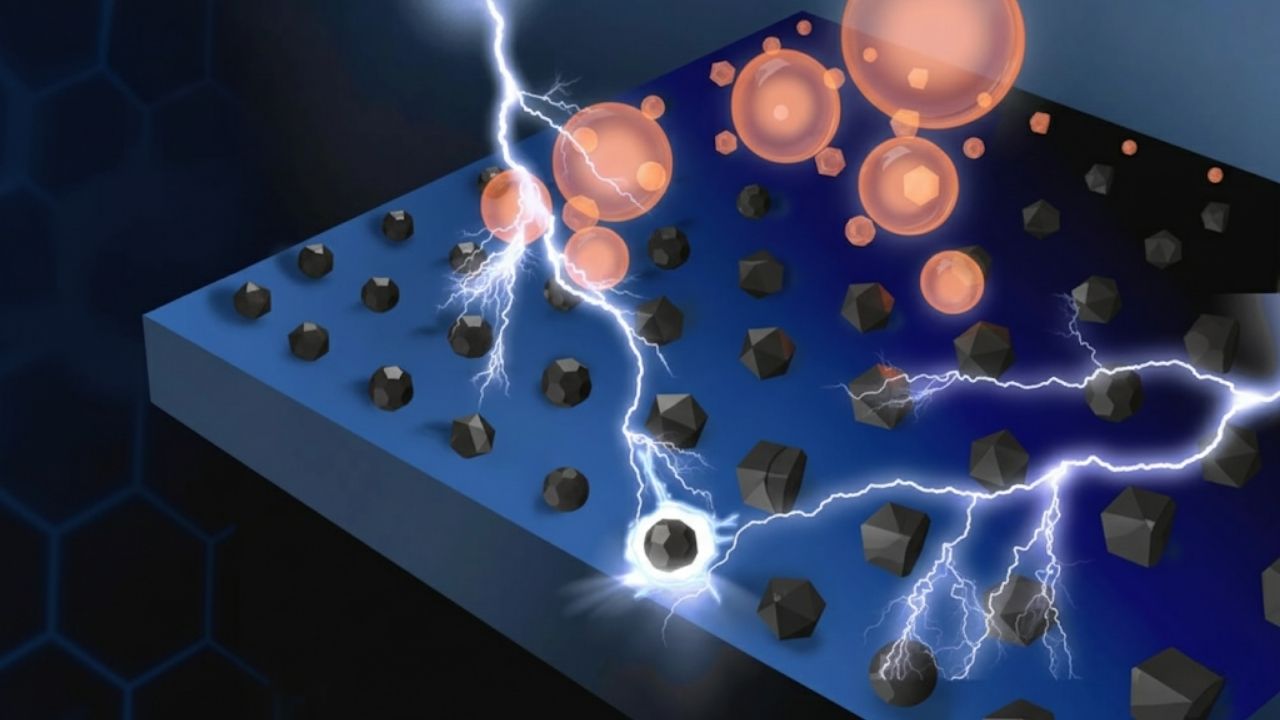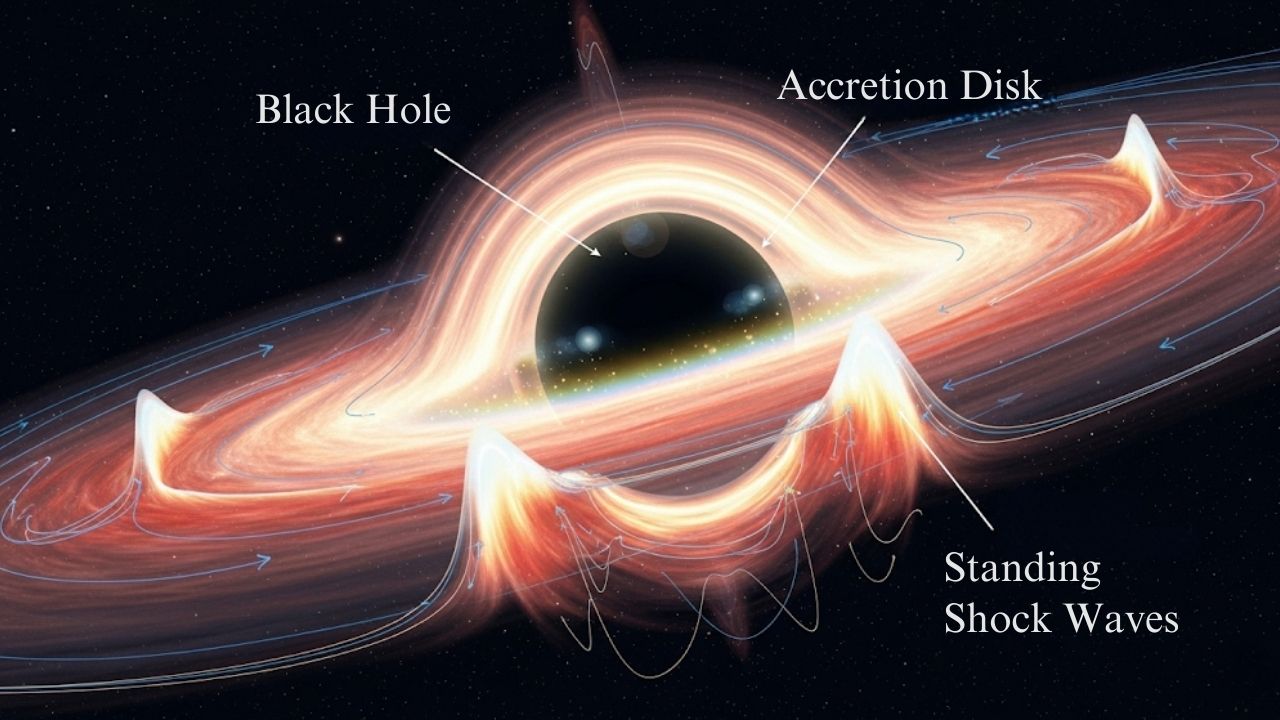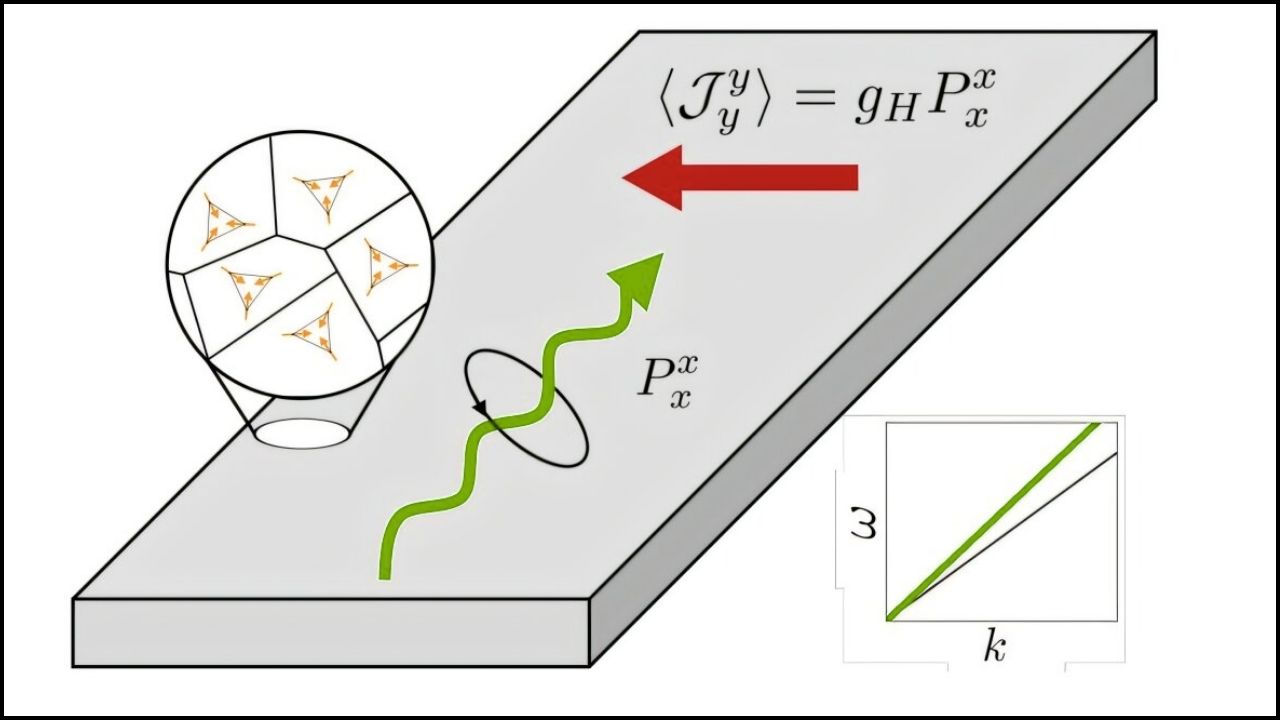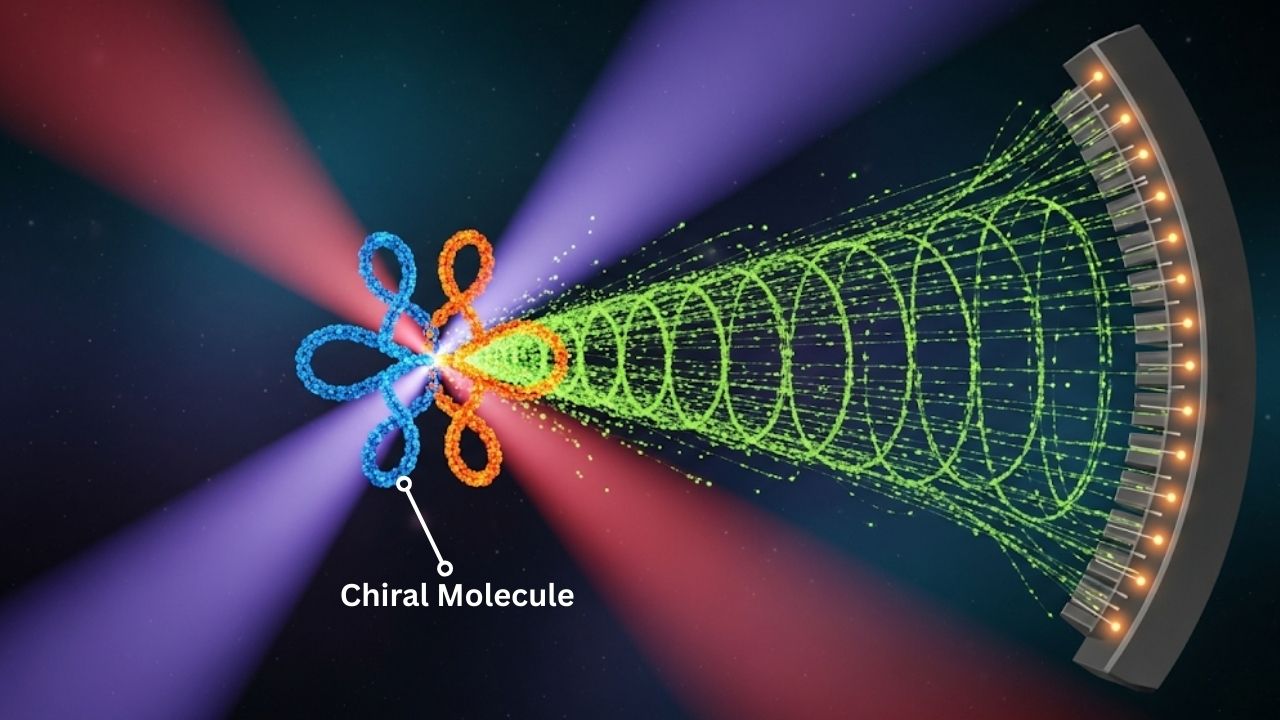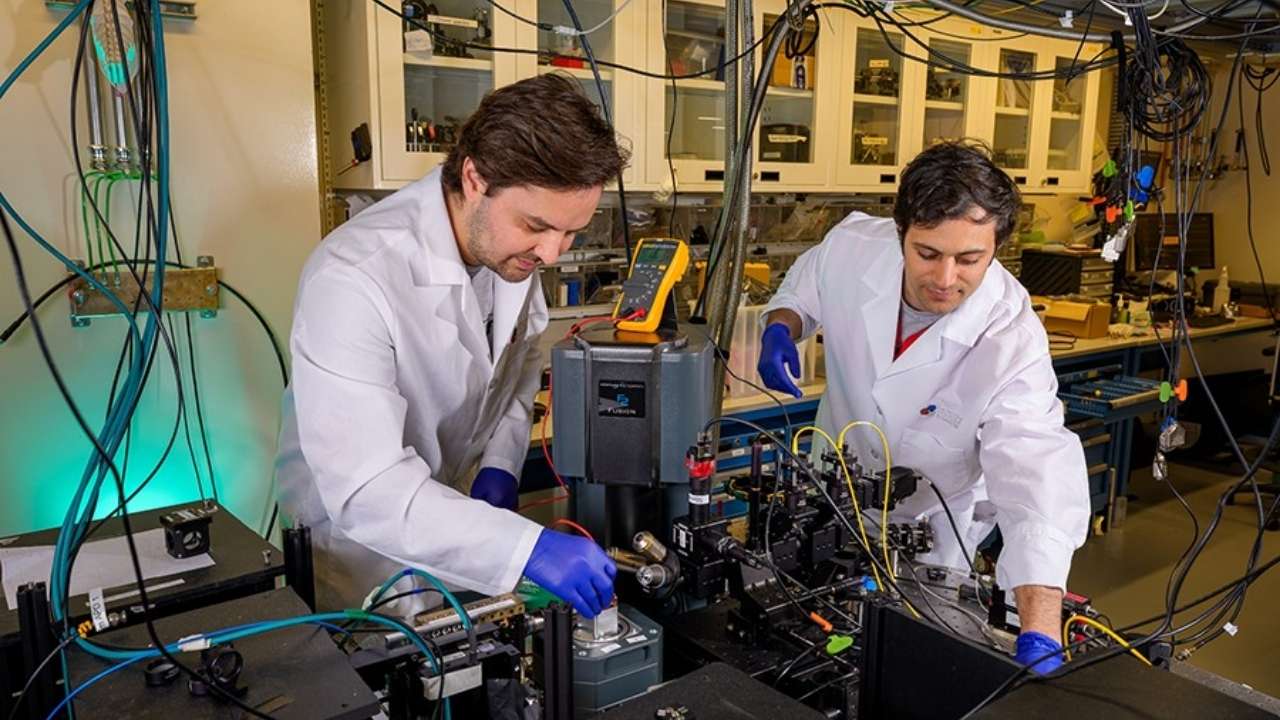Have you ever wondered how you can remember your childhood friend’s laughter, the thrill of learning to ride a bicycle, or even the taste of your favorite food from years ago? The answer may lie in a tiny molecular bond within your brain—a bond so small it’s invisible to the naked eye, yet so powerful it could hold the key to how we store and keep memories for a lifetime.
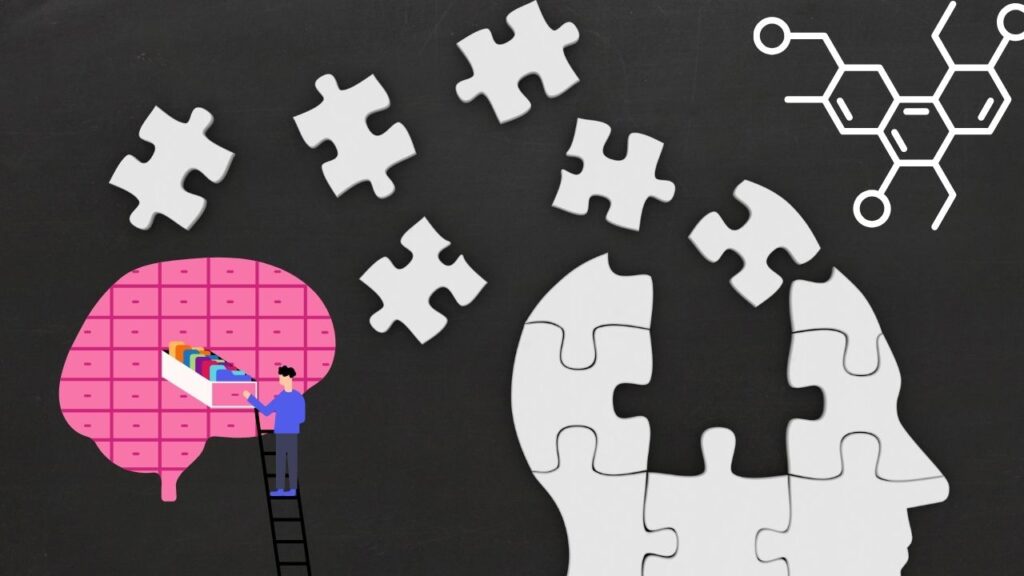
For decades, scientists have been fascinated by the mystery of memory. Our brains are made up of billions of neurons, each connected by intricate networks called synapses. Every thought, experience, or lesson learned changes these connections in subtle ways. But here’s the puzzle: the proteins and molecules that make up these connections are constantly being replaced. So, how do the memories themselves endure? Recent discoveries point to a remarkable partnership between two proteins—KIBRA and PKMζ—that may finally solve this mystery.
Tiny Molecular Bond Could Be the Key to How We Store Memories
| Feature | Details |
|---|---|
| Main Discovery | KIBRA acts as a “glue,” anchoring PKMζ to synapses, stabilizing long-term memory |
| Proteins Involved | KIBRA (a scaffolding protein) and PKMζ (protein kinase M zeta, an enzyme) |
| Memory Mechanism | Their bond maintains synaptic strength, even as molecules degrade and are replaced |
| Key Evidence | Disrupting the KIBRA-PKMζ bond erases established memories in mice |
| Potential Impact | Could lead to new treatments for Alzheimer’s and other memory disorders |
| Published In | Science Advances |
| Lead Researchers | Todd C. Sacktor (SUNY Downstate), André Fenton (NYU), international team |
| Professional Relevance | Advances understanding of synaptic plasticity and molecular basis of memory |
| Official Resource | Science Advances |
The discovery of the KIBRA-PKMζ molecular bond as a key to long-term memory is a major milestone in neuroscience. It answers a question that has puzzled scientists for decades: How do memories persist in a brain that is constantly renewing itself? The answer lies in a tiny, persistent molecular handshake that keeps our most important memories safe, even as the molecules themselves come and go.
As research continues, this breakthrough could lead to new treatments for memory disorders, better strategies for lifelong learning, and a deeper understanding of what makes us who we are.
The Mystery of Memory: Why Do Memories Last?
The Brain’s Constant Renewal
Your brain is a living, dynamic organ. Every day, it breaks down old proteins and builds new ones. This process, known as protein turnover, is essential for healthy brain function. Yet, somehow, the memories you form—some fleeting, some lasting a lifetime—can survive this constant molecular change.
This paradox has puzzled scientists for years. If the very molecules that form your memories are always changing, what keeps the memory itself from fading away?
The Search for the Memory “Glue”
Back in 1984, Nobel Prize-winning scientist Francis Crick proposed that there must be a persistent molecular interaction—a sort of “glue”—that holds the memory in place, even as the individual pieces are replaced. But what could this glue be?
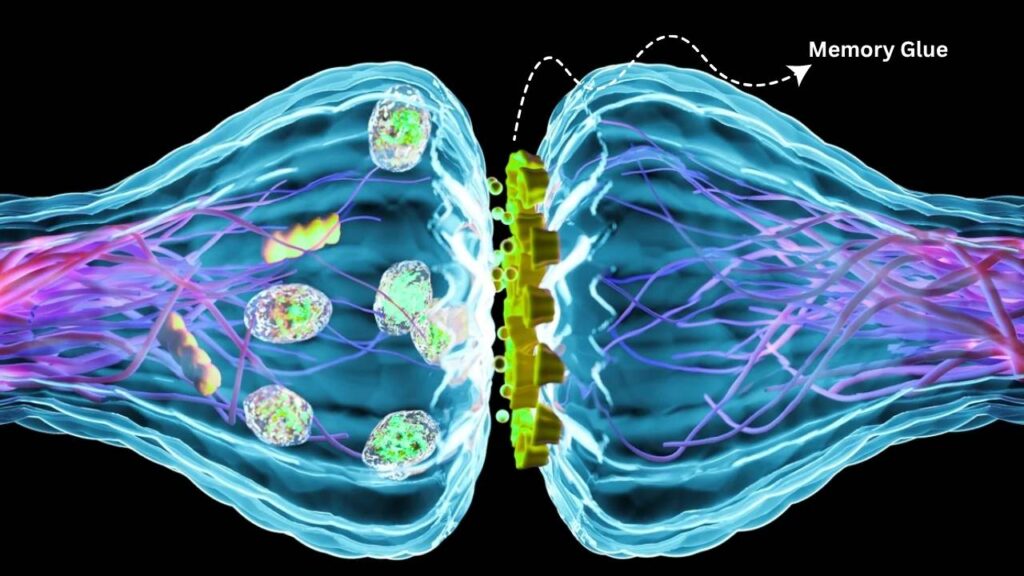
Fast forward to today, and researchers are closing in on the answer. The focus is now on KIBRA and PKMζ, two proteins that work together to stabilize the connections between neurons, preserving the memories encoded in those connections.
Meet the Memory Molecules: KIBRA and PKMζ
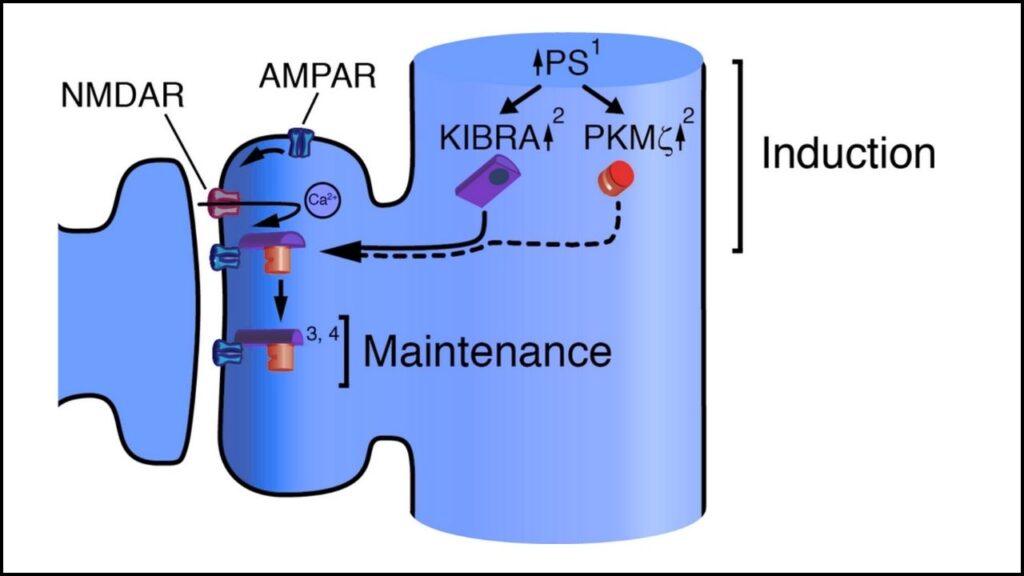
What Is KIBRA?
KIBRA is a protein found in both the brain and kidneys. In the brain, it acts as a scaffolding protein, helping to organize and stabilize other molecules at the synapse—the junction where two neurons communicate. Genetic studies have shown that certain variations in the KIBRA gene are associated with better memory performance in humans.
What Is PKMζ?
PKMζ (pronounced “PKM-zeta”) is an enzyme that plays a crucial role in synaptic plasticity—the process by which synapses become stronger or weaker over time. PKMζ is known for its ability to maintain the strength of synaptic connections, which is essential for long-term memory storage.
How Do They Work Together?
When you learn something new, certain synapses in your brain are activated. KIBRA acts as a “tag” at these active synapses, marking them as important. PKMζ is then attracted to these tagged sites, where it binds to KIBRA. This bond forms a stable complex that keeps the synapse strong, even as the individual protein molecules are replaced over time.
The Science Behind the Discovery
How Did Scientists Discover the KIBRA-PKMζ Bond?
Researchers used a combination of advanced techniques to uncover the role of the KIBRA-PKMζ bond in memory:
- Genetic Manipulation: By creating mice that lacked either KIBRA or PKMζ, scientists could observe how memory was affected when these proteins were missing.
- Behavioral Testing: Mice were trained in tasks that required them to remember spatial locations or associations. When the KIBRA-PKMζ interaction was disrupted, the mice lost their previously learned memories.
- Molecular Imaging: Using high-powered microscopes and molecular markers, scientists could see where KIBRA and PKMζ were located in the brain and how they interacted at the synaptic level.
- Biochemical Analysis: Laboratory tests confirmed that KIBRA and PKMζ form a persistent complex at active synapses.
What Did the Experiments Show?
- Disrupting the Bond Erases Memories: When the bond between KIBRA and PKMζ was broken, mice forgot information they had previously learned—even memories that were weeks old.
- The Bond Is Dynamic but Persistent: Even as individual PKMζ molecules are replaced, new ones can bind to KIBRA, keeping the memory intact.
- Only Specific Synapses Are Tagged: Not every synapse is involved in every memory. KIBRA tags only the synapses that are active during learning, ensuring that memories are stored precisely and efficiently.
Why This Discovery Matters
Solving a Fundamental Mystery
For years, scientists have wondered how memories can persist in a brain that is constantly changing at the molecular level. The discovery of the KIBRA-PKMζ bond provides a clear, testable answer: a persistent, renewing molecular partnership can maintain synaptic strength and preserve memories over time.
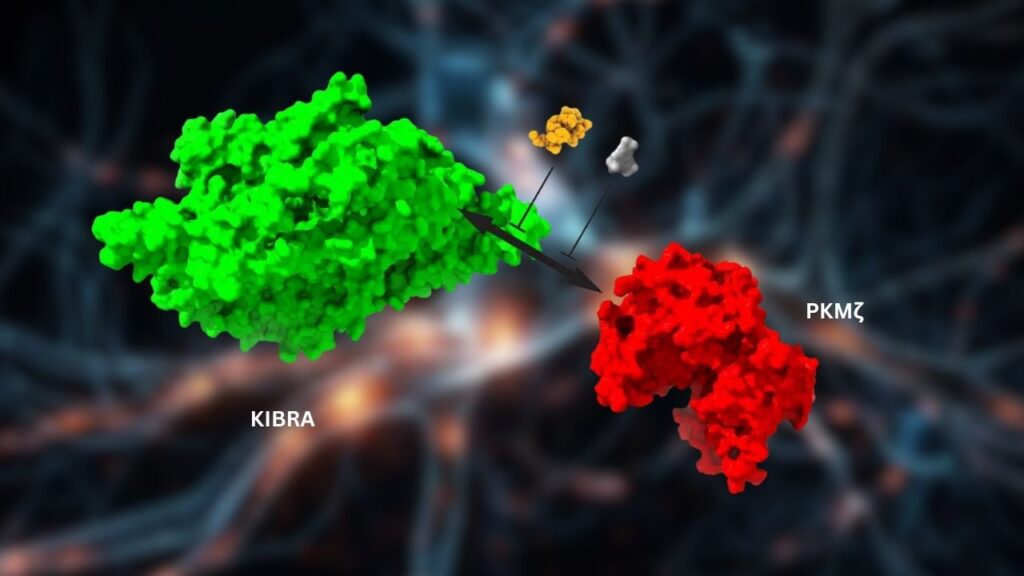
New Hope for Memory Disorders
Understanding the molecular basis of memory opens the door to new treatments for conditions like Alzheimer’s disease, age-related memory loss, and other cognitive disorders. If scientists can find ways to protect or enhance the KIBRA-PKMζ bond, it may be possible to slow or even reverse memory loss in these conditions.
Expanding Our Understanding of Learning
This research also deepens our understanding of how learning works at the cellular level. It supports the idea that memory is not stored in a single molecule, but in the pattern of connections between neurons—and that these patterns are stabilized by persistent molecular interactions.
How the KIBRA-PKMζ Bond Works: A Step-by-Step Guide
1. Learning Activates Synapses
When you experience something new, specific synapses in your brain are activated. These are the sites where memory formation begins.
2. KIBRA Tags Active Synapses
KIBRA acts as a “tag,” marking the synapses that were active during the learning event. This ensures that only the relevant connections are strengthened.
3. PKMζ Anchors to KIBRA
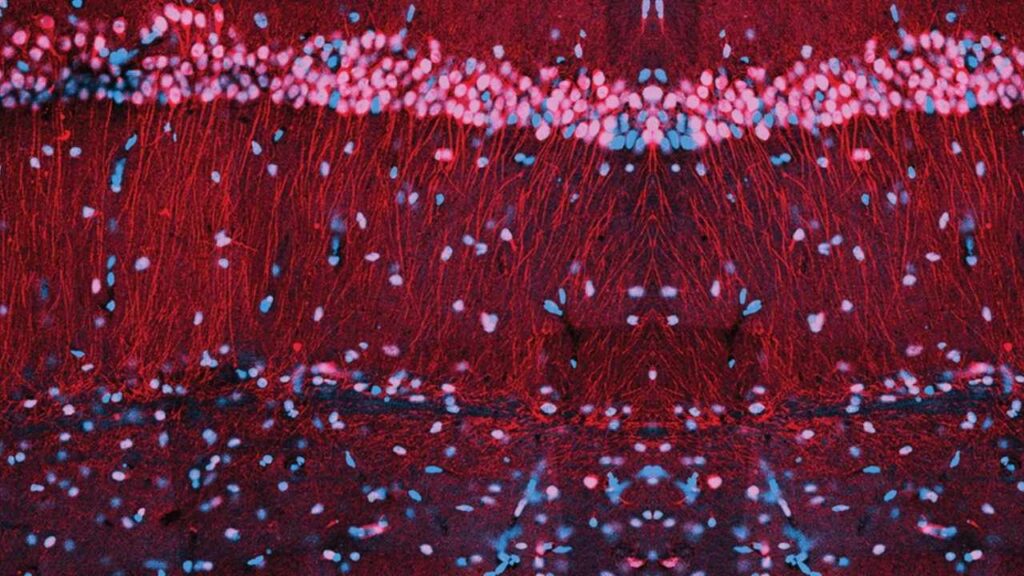
PKMζ is drawn to the tagged synapses, where it binds to KIBRA. This forms a stable complex that reinforces the synaptic connection.
4. The Bond Maintains Memory
As time passes and individual protein molecules are replaced, the KIBRA-PKMζ bond ensures that new PKMζ molecules can take the place of old ones, maintaining the strength of the synapse—and the memory it encodes.
5. Disruption Leads to Forgetting
If the bond between KIBRA and PKMζ is disrupted (by drugs, genetic manipulation, or disease), the synaptic connection weakens and the memory can be lost.
Practical Advice: What This Means for You
Memory Is Dynamic and Resilient
Your brain’s ability to store memories is both robust and adaptable. Even as the molecules in your brain are constantly renewed, the key memories that define your life are protected by persistent molecular bonds.
Healthy Habits Support Memory
While the KIBRA-PKMζ bond is a molecular process, your lifestyle choices still matter. Regular exercise, good nutrition, quality sleep, and mental stimulation all support the health of your brain and its ability to form and maintain these crucial bonds.
The Future of Memory Enhancement
As scientists learn more about the KIBRA-PKMζ bond, new therapies may be developed to help people with memory disorders. While these treatments are still in the research phase, the potential is exciting.
Scientists Uncover Rare Brain Activity That Could Unlock New Frontiers in Human Consciousness
New Drug Delivery Breakthrough Uses Molecular Switches to Control When Medicine Works in the Body
FAQs About Tiny Molecular Bond Could Be the Key to How We Store Memories
What is KIBRA?
KIBRA is a protein that acts as a scaffold at synapses in the brain. It helps organize and stabilize other proteins involved in memory storage. Certain genetic variations in KIBRA have been linked to better memory performance.
What is PKMζ?
PKMζ is an enzyme that strengthens synaptic connections between neurons. It is essential for maintaining long-term memories by reinforcing the connections that encode them.
How do KIBRA and PKMζ work together?
KIBRA tags active synapses during learning, and PKMζ binds to these tags. Their bond forms a stable complex that keeps the synapse strong, preserving the memory even as individual molecules are replaced.
Can disrupting this bond erase memories?
Yes. Experiments in mice have shown that breaking the KIBRA-PKMζ bond can erase established memories without affecting basic brain functions.
Could this discovery lead to treatments for memory loss?
Potentially. By targeting the KIBRA-PKMζ bond, future therapies may be able to slow or reverse memory loss in conditions like Alzheimer’s disease and age-related cognitive decline.
Is this the only way memories are stored in the brain?
While the KIBRA-PKMζ bond is a major discovery, memory is a complex process that likely involves multiple molecular and cellular mechanisms. This bond is a key piece of the puzzle, but not the whole story.
The Broader Impact: What Professionals Need to Know
For Neuroscientists and Researchers
This discovery refines the understanding of synaptic plasticity and the molecular basis of memory. It supports the “synaptic tagging and capture” hypothesis and provides a new target for research into learning, memory, and brain disorders.
For Medical Professionals
The KIBRA-PKMζ bond could become a target for new drugs aimed at preserving or restoring memory in patients with neurodegenerative diseases. Understanding this mechanism may also help explain why some treatments work better than others, and guide the development of more effective therapies.
For Educators and Psychologists
A deeper understanding of how memories are stored and maintained can inform teaching strategies, cognitive training, and interventions for learning disabilities. It also underscores the importance of engaging, meaningful learning experiences that activate and strengthen the right synapses.
